
Ever since I was a little girl, I hoped and prayed for a horse to call my own. It became a ritual every birthday and Christmas that I would first check the property for a horse tied up to the plum tree, or stabled in the garage with the family sedan. Of course, I was totally naïve as to the expense of owning a horse and so I was always disappointed. Somewhere in my teens I gave up on the dream. So it was at the more mature age of 31 that my dream was finally realised and I became the owner of a precious baby girl (well, 14-year-old ex-Pacer, Standardbred mare). But to me she was my new baby and she came with the most perfect name, Angel.
So here was my dream, in living colour, high spirits and dignified stubbornness. I … well I was an untrained and inexperienced, though willing, Mum of one huge equine. I had no gear and even less of an idea. So began my training to become a suitable mum for my beloved dream come true.
The first step was to read books; lots of them. However none of them can physically prepare for the task of caring for a horse. I learned a lot since obtaining Angel, because I just had to get out there and do it, or ask someone else how to do it. I have a lot more to learn yet and I find it a rewarding and exciting path. This article provides some basics for anyone considering getting a pony or horse or who has just landed that dream and does not know where to start, just as I began my journey.
It is important that you talk to experts such as your vet and local horse club for professional advice. Other helpful tips and suggestions can be obtained through talking to horse owners, phoning or visiting the local pony club, or joining a horse forum on the Internet. Horse people love to talk about horses.
There are numerous breeds of horses available. You will need to look for an animal that has the correct temperament, abilities and height. Breeds such as thoroughbreds are tall and can be too high-spirited for a beginner. A Standardbred, like Angel, has an unusual gait (movement) which is uncomfortable until you are used to it. Look at the history of the horse – is it flighty, can it handle traffic noise, how old is it, does it have scars or uneven hoof wear which could indicate lameness? There are numerous things to look at, so if you can,have a knowledgeable and experienced person available to help you choose, there is a much better chance of a happy horse- rider relationship.
Once you have the horse or pony, the first, and most obvious concern, is where to keep your new pet. Horses require a lot of grazing, fresh water and room for exercise. Alternatively you can stable a horse just like you would send a dog to a kennel for a holiday. It depends on where you live and what your budget is like as to which is the most suitable option. When I got Angel, I spent months trying to find grazing for her, all to no avail. The former owners kindly let me keep her on at their farm, but most people selling or giving away a horse will not want to do this. Prepare yourself for a lot of telephone time and legwork checking out any vacant paddocks around your area. Look for a paddock that is well fenced, has a working water trough or natural flowing water, and ideally some form of shelter from weather extremes. This could be as simple as a shelterbelt or hedge. Also take note of any poisonous plants such as hemlock, buttercup, oak or foxglove, and any debris like tin cans, broken glass or hidden branches. These can all harm your horse.
Now that your horse has a place to stay, you will be wondering what to feed him. A grazing horse has fewer needs than a stabled horse, but may still require extra feed such as hay and oats during winter, and a salt lick, especially during summer. What you feed your horse depends on how much work they are doing, what temperament they have, and their condition, therefore professional advice should be obtained. A stabled horse relies on what you feed it so it will need a larger supply of hay, grains and dry pellets. An apple or carrot is good for your horse too, whether stabled or grazing. When feeding a carrot make sure to cut it lengthwise as small circular pieces can choke them. Remember the water, fresh and plenty of it as a horse can drink up to 55 litres per day.
Now housed and fed the health of your horse is the next priority to ensure their happiness and your enjoyment. To this end your horse will need to be regularly groomed, wormed and be seen by a farrier.
Grooming:
A grazed horse requires less grooming than a stabled horse because the natural oils in the coat help protect them from the weather. The most basic grooming required is to pick out their hooves to remove stones, which can cause bruising or lameness, and to remove mud and manure; a brush down with a curry comb to remove mud; and combing the mane and tail to remove knots and foreign matter. To brush a horse, use very firm strokes that won’t tickle him. Horses have ticklish spots just like our feet. If the horse starts twitching or becomes restless as a particular area is groomed that might signal a ticklish spot, and could result in a ‘pay-back’ nip from the horse.
To pick out the hooves, stand beside your horse and run your hand down the back of their leg. Most horses will raise the leg for you. Hold the hoof firmly and pick it out from the heel to the toe, avoiding the soft frog area (triangular middle piece). There is much more to grooming, but starting with these basics will ensure a happy comfortable horse. It will also provide you confidence in working around your horse. As you gain assurance and knowledge you can move onto other areas.
Worming:
It is essential that this be done regularly, every six to eight weeks. Horses can ingest worms through the grass and hay they eat, so cleaning up manure in the paddock helps stop the spread of worm eggs and other parasites. Your vet should be consulted for the size of the dosage and the frequency as it will vary according to the gender, age and state (e.g. pregnancy) of the horse.
Farrier (Blacksmith):
Your horse will need to be seen by a farrier every six to eight weeks to have their hooves trimmed. If the horse is wearing shoes then it may need loose or worn shoes to be fixed or replaced. Lack of regular attention on the hooves can lead to lameness, potentially resulting in permanent injury. Their hooves are just like human fingernails -growing rapidly and prone to chip, break, crack or split. If the horse is ridden frequently and on hard surfaces, shoes are required so that the hooves do not wear down too quickly.
After all of the above, only the primary needs of your horse have been attended to. There is much more, but as with my experience, it can be learned as you go along. There is one aspect that I haven’t discussed and that is the exercising, or riding, of your horse.
Some horses may come with their own gear or a local horse-owner may have some spare gear you could borrow, lease, or buy. The very minimum you will need is a lead-rope and halter so that you can catch and tie up your horse. For riding, starter saddle kits are available at a very reasonable price but will invariably not last as long as a more expensive set. Talking to your local saddler will help you unravel the somewhat confusing needs of saddle size and style, girth size, leather type and care. An essential item that you will need to invest in is a good riding helmet. I advise to get brand new over second hand so that you can guarantee its safety has not been compromised. A lunge rope and whip for non-riding exercise is good for your horse too. I use a cheap towrope purchased from the local service station as a lunge rope, so do look for alternatives to the expensive custom-made items. A lunge whip is not terribly expensive at the saddlers.
Horse care is a satisfying aspect of owning a horse. I hope that you can share in the enjoyment of horse ownership and the creation of a bond between horse and rider that is formed as you care for your dream.
Belinda Osgood is a full-time writer working from her home in a small rural township in the South Island of New Zealand. Passions include her pets, craft and rock-hounding. This article has been submitted in affiliation with http://www.PetLovers.Com/ which is a site for Pet Forums.
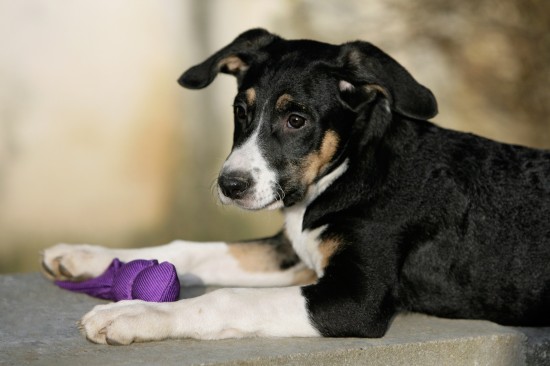 Patellar Luxation In Dogs
Patellar Luxation
Patellar Luxation In Dogs
Patellar Luxation
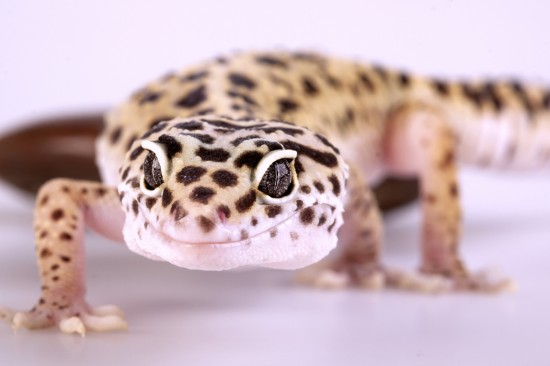 Best Reptiles For Beginners
Best Reptiles For
Best Reptiles For Beginners
Best Reptiles For
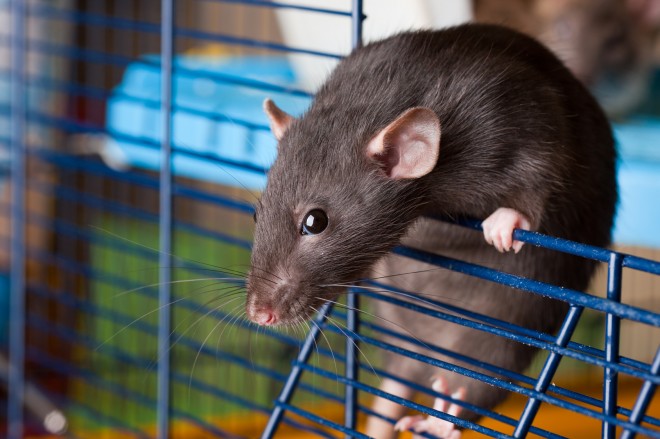 Common First Aid Scenarios For Rats And Other Small Pet Rodents
Common First Aid
Common First Aid Scenarios For Rats And Other Small Pet Rodents
Common First Aid
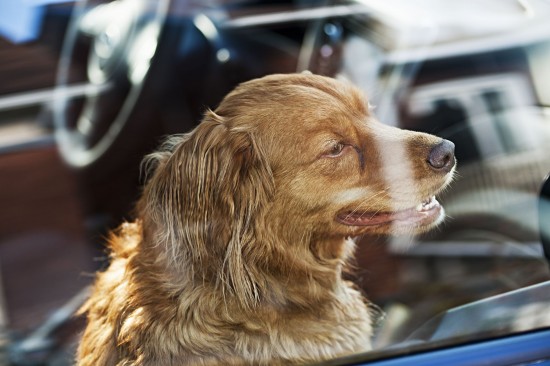 What You Should Do When You See A Dog Or Other Pet In A Hot Car
What You Should D
What You Should Do When You See A Dog Or Other Pet In A Hot Car
What You Should D
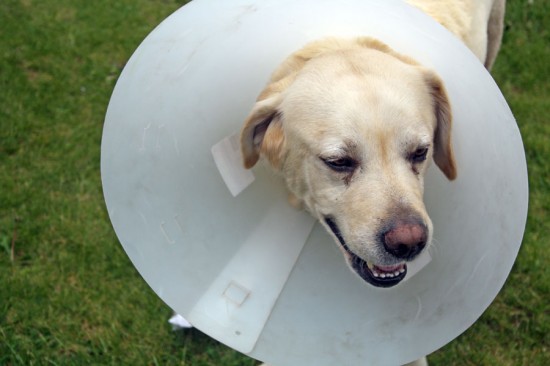 Pet Insurance - Its No Laughing Matter
Pet Insurance - I
Pet Insurance - Its No Laughing Matter
Pet Insurance - I
Copyright © 2005-2016 Pet Information All Rights Reserved
Contact us: www162date@outlook.com